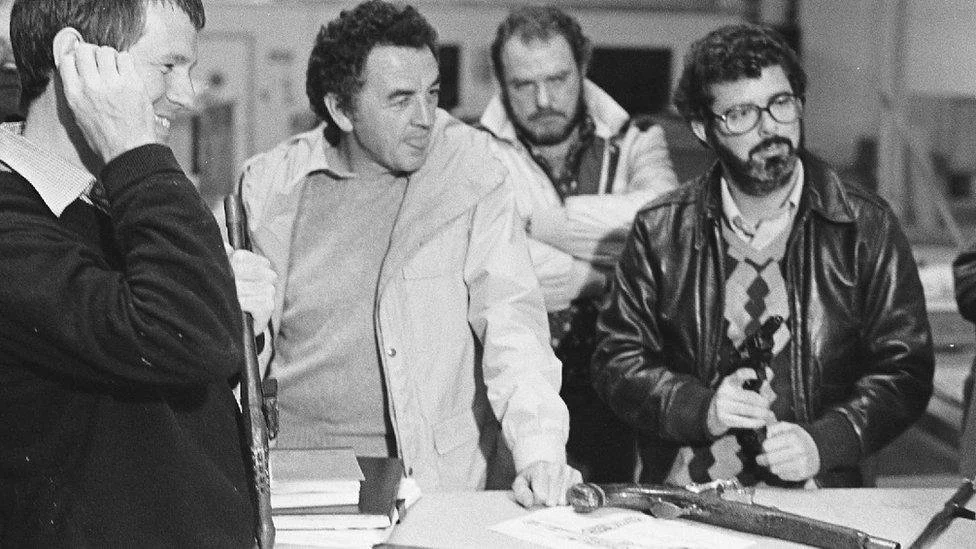Week 6
1. a) ‘Say something before and after each take’ is about giving some sort of feedback to actors between takes. This can be verbal or nonverbal communication, the important thing is to keep the interaction going so you build that connection and keep them feeling comfortable. An example of this would be an actor having a great take, you not having any notes but saying, “I like the direction we’re going with this.”
b) ‘Secrets matter’ is about the importance of actors having internal knowledge of their character nobody else has. Letting the actor have the freedom to make choices will make the characters feel more real. An example of this could be a character’s worst fear in the current situation, or the reason they’re motivated to do what they’re doing.
c) ‘Don’t ask for re-performance’ means that you should be giving the actor direction or permission to experiment with every new take. This will ensure with each take, you’re progressing forward, because by not improving, you’re getting worse. An example of this could be saying, “That was great, in this next take let’s think about why your character feels this way.”
d) Using language of permission is a way of allowing the actor to arrive at the intended result while keeping confidence in their creative ability. By telling the actor what they could do, you are allowing them to dive deeper into their character by making decisions themselves. An example of this would be saying, “in this take, I would be okay with you throwing the glass a little harder.”
e) ‘Report back’ means there should be some type of feedback for actors to keep them invested in the story and their spirits high. This could be as simple as positive reinforcement after they take a risk that moves you in the right direction. An example of this could be telling an actor, “I like the direction we’re heading” after a take that won’t be used but represented progress.
f) Making sure the actors receive feedback from one source means only the director should be communicating with the actor about their performance. This is important because if the actors are hearing different things from different people, they could be confused about where to go with their acting. An example of this would be having the producer report to you about what they expect, then deciding how/if you want to relay that information.
g) ‘Know when to move on’ is referring to the fact that if an idea is not working and not making any progress towards working, you will only waste time and mentally drain everyone involved by continuing to reshoot and reshoot. An example of this could be saying, “Okay, forget what I said, play this take based on your understanding of the character’s motivations, and we’ll go from there” when an actor is struggling to get to the result you were envisioning.
2. The Production Designer works closely with the Director, Senior Producers, Gaffer, Director of Photography, Sound , Costume, and Makeup departments, and the First Assistant Director. This is because all of these are important aspect of the on-screen world they’re responsible for creating. These departments (almost all of them) have a significant impact on visual style of the film, and the Production Designer has to use all of these team’s strengths to make a cohesive project that reflects the Director’s vision.
3. The pre-production phase is the most vital to the Production Designer’s job. In this phase, they gain an understanding of the Director’s vision and decide what each department responsible for the look of the film will do throughout its production. This is when sets are built, locations are decided, costumes are made, and much more. This is where the foundation is laid for the work they oversee throughout a film.
4. The collaborative hierarchy between the Director, Production Designer, and Art Director is an efficient way to make sure everything gets done in a way that reflects the original vision and stays within the budget. The Director must communicate effectively what they want to see on screen, the Production Designer decides how to get there, and the Art Director delegates these tasks and makes sure it all fits the budget.
5. The 1st AD is more of a managerial role while the 2nd AD is more directly involved with handling the administrative tasks in a way that reflects the 1st ADs plan. The 2nd AD is also responsible for managing extras, which the 1st AD does not do.
Norman Reynolds, the Art Director for Star Wars: A New Hope and later on the Production Designer for the prequels, pictured with auteur Director George Lucas.

